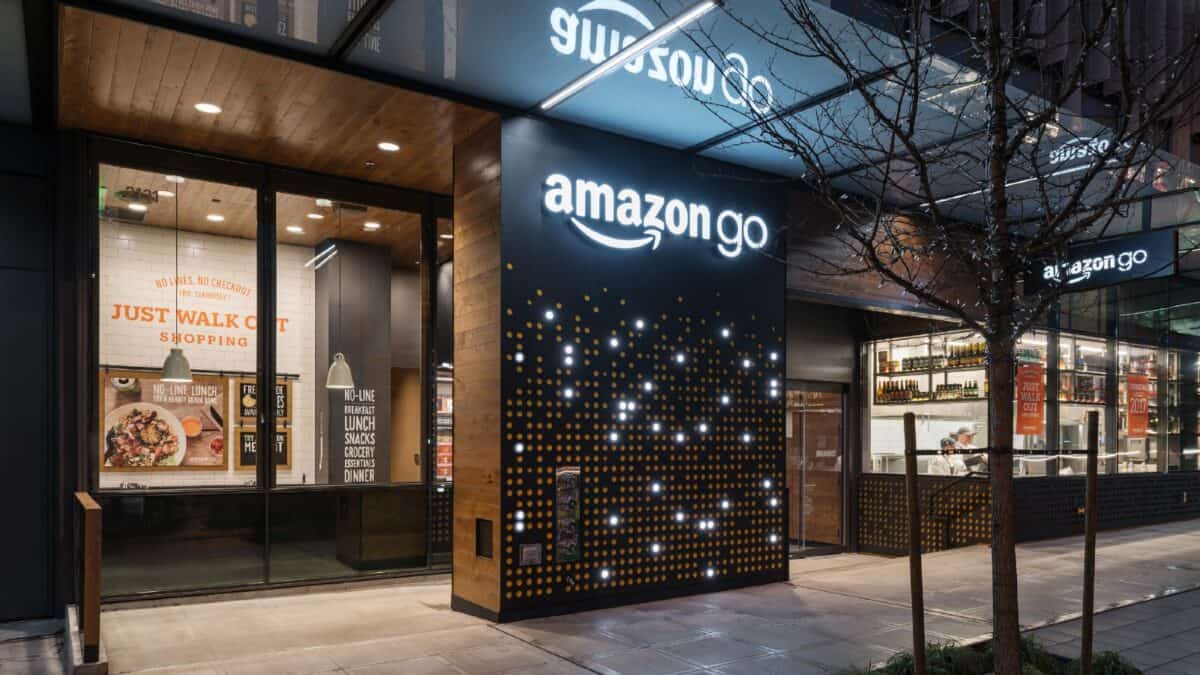Amazon (NASDAQ:AMZN) stock was trading at $0.09 when it went public in May 1997.
As I write this (27 April), its stock is worth $179.17. This represents an astronomical return of 198,833.33% in just over two and a half decades.
I should point out that I was born in September 1998, so it would have been impossible for me to invest in its stock during this period.
Should you invest £1,000 in Howdens right now?
When investing expert Mark Rogers has a stock tip, it can pay to listen. After all, the flagship Motley Fool Share Advisor newsletter he has run for nearly a decade has provided thousands of paying members with top stock recommendations from the UK and US markets. And right now, Mark thinks there are 6 standout stocks that investors should consider buying. Want to see if Howdens made the list?
However, let’s assume that my parents set aside £1k back then for me and decided to invest it in Amazon when it went public (regrettably, they didn’t). I’d have £1,988,333 today.
That’s a long time though, so I’ll also account for inflation. Using the Bank of England’s inflation calculator, £1k in 1997 is equivalent to £1,898.42 in March of this year.
As you can see, Amazon stock has easily outpaced this.
The value of long-term investing
This is a great example of a Foolish investment, precisely because those who looked at the stock and were convinced of its long-term value stuck to their conviction even during difficult periods for the company.
Yes, over the whole period, the stock returned more than plenty to investors, but within that timeframe, it’s suffered some horrible results.
For example, when the dot-com bubble burst, Amazon’s stock plummeted by over 90% between 1999 and 2002. In fact, from its original peak of $5.25 in April 1999, it didn’t return to this level again until October 2009.
After this, it went up a further 2,914.14%, so a £1k investment from this point would have been worth £29,141.40 today.
This shows the power of compounding for long-term investments.
Is it still capable of these world-beating returns?
The short answer is no.
To get these life-changing returns, investors would have to turn to companies with a much smaller market cap. With its current market cap of $1.88trn, it’s almost impossible to see Amazon stock rising at the same rate as in the past.
However, that doesn’t mean it’s not capable of delivering strong returns going forward.
Revenue is still growing at consistently high levels. Between 2020 and 2023, its sales grew from $386bn to $575bn.
It’s also dominating high-growth industries, such as e-commerce and cloud computing. In the US, it has a leading 38% market share in e-commerce, compared to second place Walmart with 6%. Amazon Web Services (AWS) is also outperforming competitors, such as Alphabet’s Google Cloud and Microsoft Azure, with a 31% market share.
However, there are some risks. Macroeconomic headwinds have proven to be quite detrimental to the company. For example, Amazon’s net income flipped from a profit of $33.4bn in 2021 to a loss of $2.7bn in 2022 because of inflationary pressures.
Moreover, although it has a leading position in the cloud computing market, this is slowing, as its market share fell from 33% in 2022. This is probably the most important segment of Amazon to investors, as it’s the highest margin of all its businesses and it generates the most profit. It will need to make sure it remains competitive in this field to continue thriving.
Overall, I think Amazon stock will continue to be successful over the years to come. There are some risks, but it also has its tentacles firmly in many high-growing fields, so I’ve got high hopes that growth remains strong.








